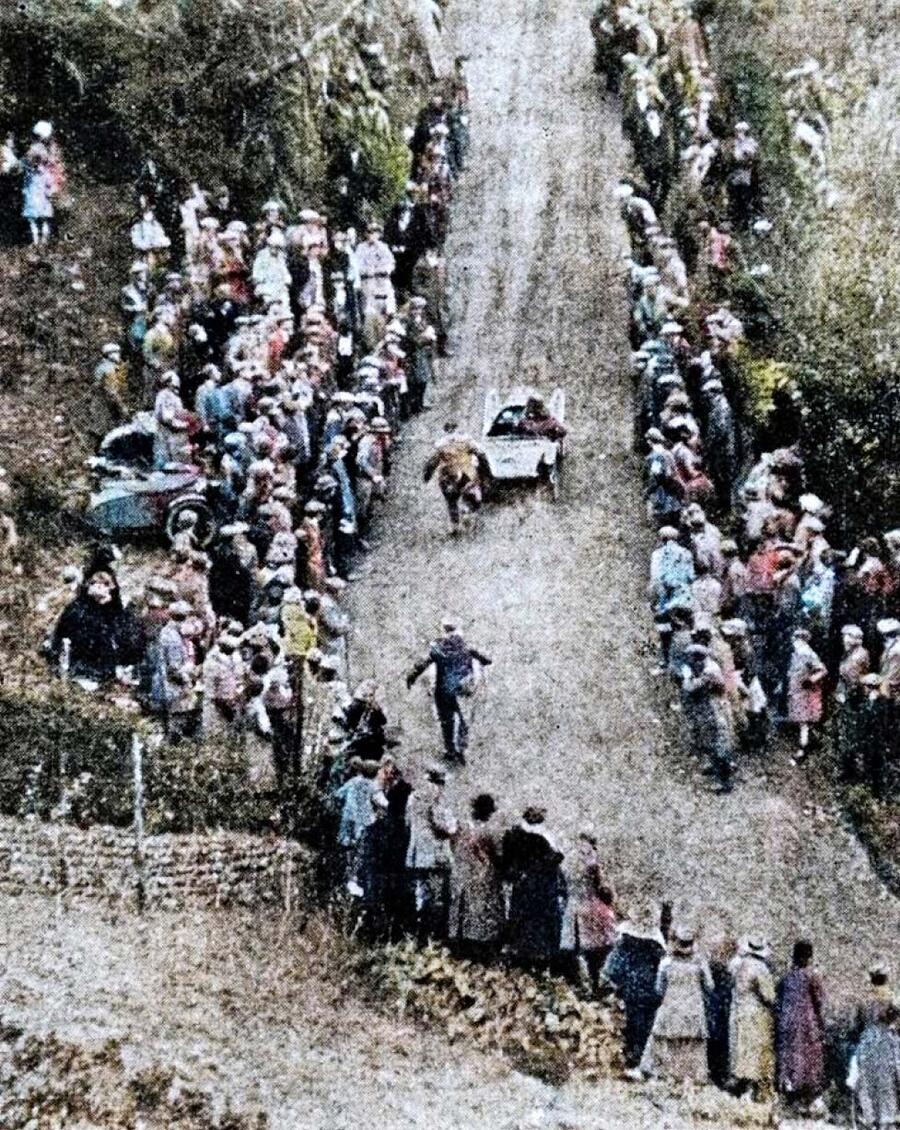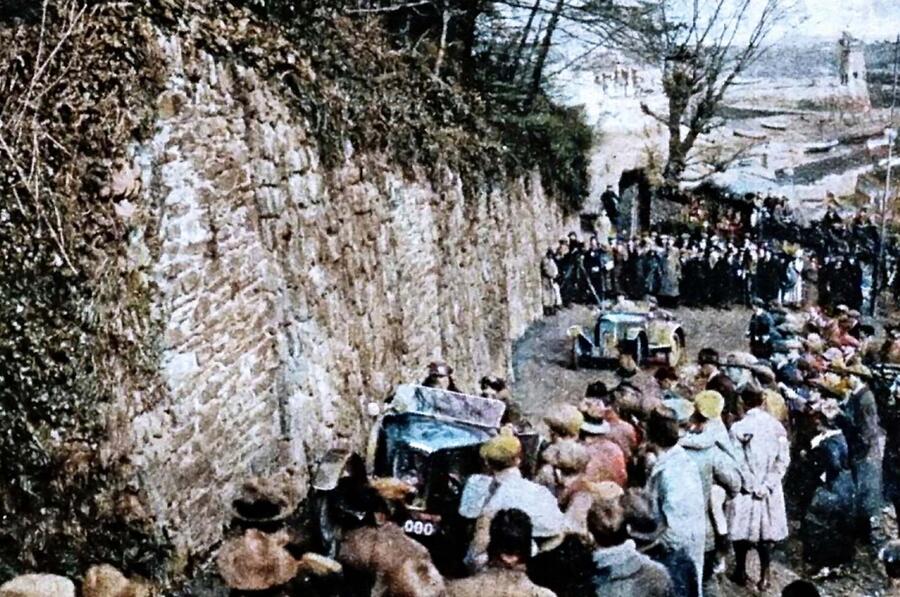For classic trials regulars, Spring means it’s time to dust off the competition car and head down to Cornwall for the Land’s End Trial.
Originally the London to Land’s End Reliability Trial, this 24-hour motorsport event challenges some 300 competitors and their vehicles across more than 200 miles and up 20 hills.
The aim? To win a gold medal by reaching every summit.
It’s one of three classic trials run by Britain’s oldest motorsport club, the MCC, along with the Exeter Trial in January and the Edinburgh Trial in September (actually held in the Peak District, confusingly).
Autocar reported on the Land’s End Trial from the first running in 1908 but didn’t follow the event from start to finish until 1921.
There was controversy before that particular trial even began, when the MCC introduced a rule that cars with no more than 12hp had to complete the infamously steep Porlock Hill in Somerset at an average speed not below 18mph.
Enjoy full access to the complete Autocar archive at the magazineshop.com
Such was the clamour around the new rule that many headed to the steep climb beforehand to see if this was even possible. “In [our] opinion, the MCC have framed a regulation which is certainly needlessly severe and may possibly prove dangerous,” we said.

Our coverage brought a rush of entries: “The Autocar first drew attention to the difficulty of the trial and more entries had to be dealt with, a testimony to the sporting spirit of the British small car owner.”
Fifty-eight cars (Rovers, Morrises, Rileys, ACs, various obscurities) of the 64 entered lined up at Cranford Bridge (today close to Heathrow airport) to set off from half past midnight.








Add your comment